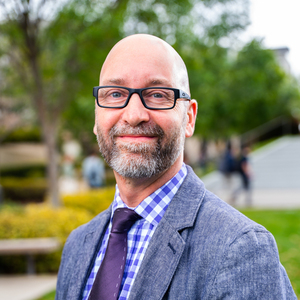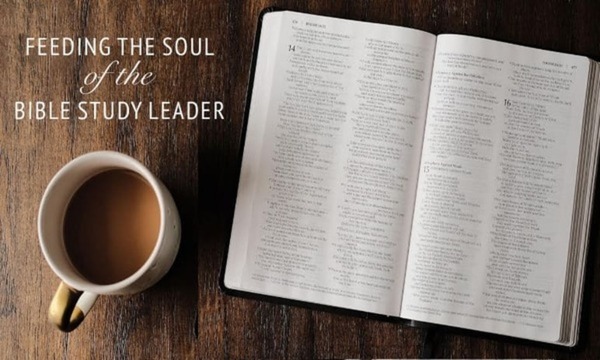Plague-like pandemics, fire destroying property, rumors of conspiracies by foreign religious agents, wide circulation of fake news and salacious material, and government enforced lock downs and ensuing social isolation. This sounds like present day California in the face of COVID-19.
But is just as much a description of John Bunyan’s experience as he writes "The Pilgrim's Progress." The Plague still lingered in 17th century England. London suffered a great fire. Turbulent sectarians abounded even after the end of the civil war, through the Protectorate, and into the Restoration of the monarchy, and nationalist/nativist sentiment thrived on rumors of Catholic plots, ever commemorating the Gunpowder Plot of November 5th, 1605, as our societies recall and remember fresher terrorist attempts and atrocities. Non-conformist or dissenting disturbers of the peace of an Anglican settlement were imprisoned in great numbers. My goal here is not to stoke those flames of division, particularly among Christians, or to project fear but to recognize that ours are not totally new circumstances.
Although often lifted up as a "timeless classic" Bunyan’s 1678 book is very much a product of its time, however well it has endured in the Protestant Christian imagination. The City of Destruction from which Christian is called to flee will burn as London had done. Writing from prison, Bunyan was drawn to reflect on the spiritual journey of his fellow believers as an actual pilgrimage through life to the goal of the celestial city. At once world-denying in looking fully to Christ, and world affirming in its warm humor, realistic dialogue and deeply intimate relationality among Christians, readers of Part I are challenged to travel in step with Bunyan’s chief characters in eschewing pride and clinging to the justifying righteousness of Jesus alone for their hope. As many of us, in many parts of the world, face isolation, and an inability to meet fellow-believers as we would like and Scripture enjoins, we are called to reckon with our confidence in Christ by the Holy Spirit, and not in the attendant organizational affinities or social experience of congenial like-mindedness that may define our gatherings (now held virtually).
But, as for Bunyan, who worked at making shoe laces to support his family from jail, and fashioned a flute from the leg of a stool to keep his and others’ spirits up, our participation in the lives of those from whom we are isolated continues, and maybe even deepens. When routines narrow to the repetitious circuit of home-bound existence, the mundane can be appreciated and rejoiced in. When we must intentionally call, message or video conference loved ones we are mindful of intimacy, friendship and fellowship in a new way. We may even imagine stories, falling into welcome daydreams, as Bunyan did, to sustain our imagination and communicate creativity to others. Anyone stuck in with the kids in family "safer at home" will pray for that gift and disposition in the coming days and weeks.
Bunyan follows his first book with a second part in 1684. Here we find Christiana, her four sons and neighbor Mercy traveling together, gathering fellow pilgrims into a social band along the way, progressing by small, feeble steps and even on crutches. The Christian life is not a victory march of glorious success as the world sees it. We are called, as Bunyan saw it for his congregation and readers, to accompany each other and lift each other up. If we care for the vulnerable among us by maintaining social distancing and not unduly pressurizing the health services, we do so in order to walk through life together professing that this life, in which we can discover the wonder of overcoming odds together and for each other, is good, and the life to come better by far.
 Biola University
Biola University
.jpg)
.jpg)

